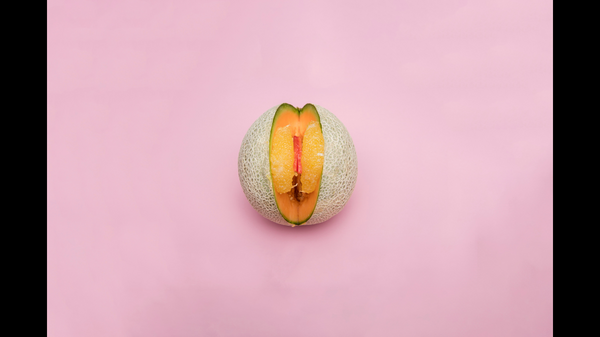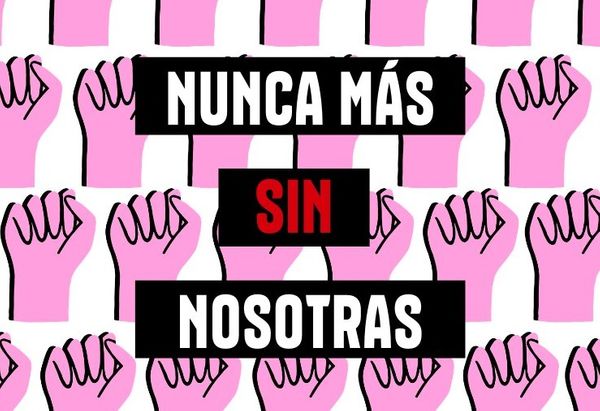Seven Lives and a Dream: capturing feminism in 1980s India - by Aaniya Vaswani
During the late 1970s in India, a woman named Hardeep Kaur was murdered, burnt alive, at the age of 21. She was one of 200 brides-to-be that year who were murdered, victims of dowry deaths. Dowry deaths are a phenomenon still present in India and other south Asian countries today, and refers to the murder of brides, or harassment driving them to suicide, by the groom’s family, in response to conflict over dowries. In South Asian culture, when a couple is married, the bride’s family owes a gift or a sum of money to the groom’s, a dowry. When conflict over the sum, or receiving the gift arises, the groom’s family can become aggressive towards the bride.
However, Kaur’s story was not forgotten. In 1979, a wave of feminist street plays describing the stories of these victims began. One of them was Om Swaha, telling Kaur’s story, which was captured powerfully by Sheeba Chhachhi, an artist and photojournalist out of Delhi. Chhachhi, born in 1958, presents these photos and others recording contemporary feminist movements in India, as well as portraits of the women who took part, in her series ‘Seven Lives and a Dream’, which is part of the permanent collection at the Tate Modern.

The photos were taken between 1980 and 1991, and perhaps the most striking is the one of the play Om Swaha, taken in Delhi in 1982.The passive expressions of the male spectators in juxtaposition of the women’s one of sheer anguish create a sense of unease within the viewer, despite the fact that the scene, to our knowledge, is fictitious. By choosing to capture the play in this way, perhaps Chhachhi is suggesting the passive role of men regarding women’s struggles in Indian society. The subjects of the photo become characters, mechanisms to convey a political message about Indian society. The woman acting is now symbolic of all Indian women, and of the movements supporting them during this time.

The other aspect of the series included Chhachhi revisiting the women she recorded protesting, around 10 years later, and taking ‘staged’ portraits of them. She invited them to choose their own set up and composition for the portraits; giving them autonomy over their own representation was perhaps a feminist act itself, as women are so often objectified, or captured for the viewer rather than for themselves. Many women chose to surround themselves with photos of the family or lost ones, as well as with evidence of their education, or past activism, showing their multiple sides and social roles. This shared power between the sitter and the artist was poignant; the resulting portraits depicted women as multi-faceted and powerful, an important representation that spoke hugely about the role of women in Indian society.

Feminist movements in South Asia in not a topic explored often, and this series sheds light on the powerful activism of Indian women in search of societal change, as well as being an artwork that involves the woman themselves. In a world so Western-centric, it is important to educate ourselves on the different problems woman face outside the west, as well as acknowledging the work of woman from other countries and ethnicities throughout history. Chhachhi’s work creates an emotional and impactful impression that only serves this purpose.
By Aaniya Vaswani




